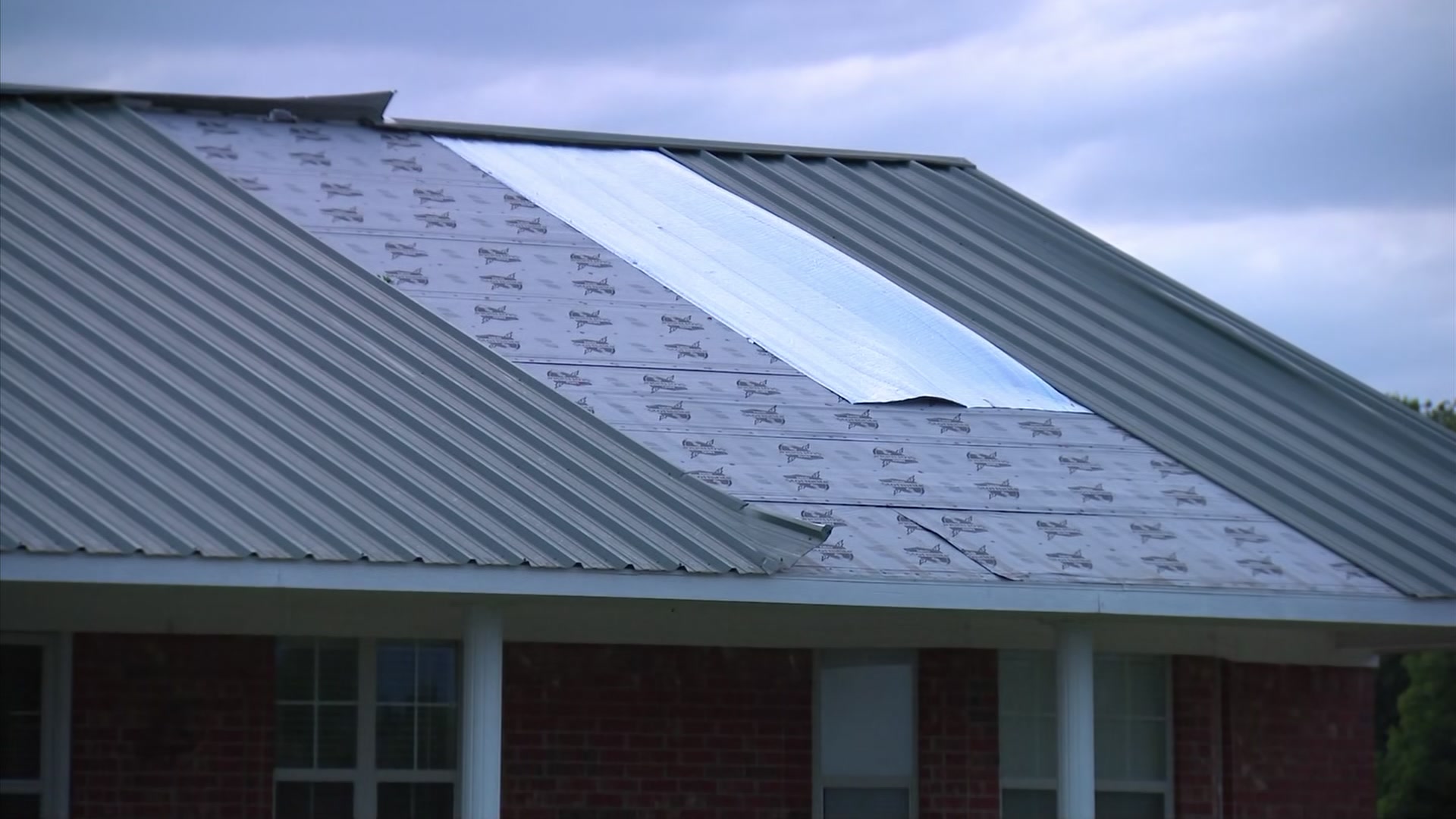Not all liquefied natural gas exports leave the United States on giant ships from the Gulf of Mexico or Atlantic Coast. Some of them get delivered by 18-wheelers to meet growing demand for energy in Mexico.
The Houston Chronicle reports while the burgeoning U.S. LNG industry has focused on multibillion dollar coastal export terminals, one company from Houston and another from Mexico City have carved out a niche in the market by using tanker trucks to deliver the supercooled fuel to industrial and agricultural customers south of the border.
The Houston company, Stabilis Energy, opened a $55 million LNG plant capable of producing 120,000 gallons of LNG a day in the South Texas town of George West in March 2015. The plant initially focused on supplying fuel to portable LNG-powered generators at remote drilling and fracking sites, but it has since added at least 10 Texas frac sand mines, out of reach of pipelines and power grids.
Now, Stabilis is tapping into a growing market in Mexico, supplying LNG to a number of industrial customers and greenhouses in Mexico.
"The Mexican economy and population are growing faster than their oil and gas production," Stabilis Energy Vice President of Sales Steve Stump said. "For them to be able to sustain their growth, they need to import energy."
Over the past 18 months, the Mexican natural gas company Enestas has bought truckloads of LNG from the Stabilis plant. Launched in May 2015, Enestas has nearly two dozen customers in Mexico that are outside of local power grids and miles away from natural gas pipelines.
Gold, silver and lithium mines in Mexico use the company's natural gas-fired generators to power equipment and in some cases, provide heat in mine shafts deep underground. Industrial-sized greenhouses designed for growing peppers, cucumbers and other vegetables in the mountains of Central Mexico burn natural gas to keep crops warm at night, capturing the carbon dioxide emissions to feed the plants and make them grow faster.
Local
The latest news from around North Texas.
"So many people in Mexico and even the United States still don't have access to pipelined natural gas," said Gregory Pilkinton, Enestas' vice president of U.S. sales "Everyone in that situation is a potential customer for our company and our product."
The Stabilis LNG plant is supplied by a pipeline owned by DCP Midstream. The company sells LNG based on the price of natural gas at the Houston Ship Channel. Enestas buys the gas and rolls the cost into in a package price that covers equipment rental, the fuel and its delivery. Pilkinton said LNG is cheaper and cleaner that diesel, commonly used to fire generators.
"Depending on the location," Pilkinton said, "We can deliver LNG for 20 to 30 percent under what our customers are paying for diesel on an equivalent basis."
Enestas delivered some 4 million gallons of U.S. LNG to its customers in Mexico last year and expects to sell 10 million gallons in 2019. Enestas has plans to use its own LNG-powered trucks to haul shipments someday, but in the meantime, the company is hiring trucking companies to move tankers emblazed with its logo across the border.
After leaving the George West plant, a tanker carrying 9,300 gallons of LNG zipped past wildflowers on U.S. Highway 59, the World's Largest Rattlesnake statue in Freer and busy truck stops in Encinal before arriving, 130 miles away, at a truck yard in Laredo, just locks away from the international border crossing, where a new driver took over..
Francisco Munoz, a trucker with El Paso-based Cryogenic Trucking, connected his rig to the tanker, responsible for hauling it to another truck yard on the Mexican side of the bridge. From there, another driver would use another rig to haul the shipment to its final destination some 220 miles into the Mexican interior -- a large greenhouse operation just outside the pine tree-lined mountain town of Arteaga, Coahuila.
Although Mexico has large natural gas reserves, its struggling national oil company Petroleos Mexicanos, or Pemex, has failed to unlock them. In addition, Pemex does not have enough pipeline capacity to move product to market. Mexico's natural gas shortage comes when demand is surging as a power plants switch from dirtier fuel oil to the cleaner-burning gas.
U.S. producers are filling the supply gap with cross-border pipelines that exported nearly 4.8 billion cubic feet of natural gas per day to Mexico in January, according to the U.S. Energy Department. LNG accounted for another 500 million cubic feet of natural gas exports per day to Mexico.
LNG exports to Mexico by truck accounted for nearly 320.5 million cubic feet of natural gas during the first nine months of 2018, according to the U.S. Energy Department. Although that's a tiny fraction of Mexico's overall natural gas imports, LNG exports by truck can command premium prices because they are shipped to markets that don't have access to pipelines.
During the third quarter of 2018, natural gas exported to Mexico via pipeline was sold at an average price of $3.08 per million British Thermal Units while LNG by truck was sold for $8.63, U.S. Department of Energy data shows.
A proposal from the Trump administration could unlock another and much larger-scale delivery option. During his April 10 visit to Houston, President Donald Trump signed an executive order asking the U.S. Department of Transportation to look at lifting a nearly 40-year-old ban on LNG shipments by rail.
LNG already has been approved as a fuel for locomotives, but shipping LNG by rail using in the same type of cryogenic containers for liquid nitrogen, oxygen, argon and ethane remains banned.
Critics fear accidents and explosions, but Enestas CEO Caio Zapata said shipping LNG by rail it is just as safe as moving it by tanker truck. Rail shipments of LNG have been approved by other nations in Europe and Asia.
With a Houston office opening in May, Enestas plans to use tanker trucks to deliver LNG to mining, agricultural and other remote industrial operations across the United States. But, Zapata added, LNG by rail could be a game changer on both sides of the border.
"Transporting LNG by train would lower costs and get it deeper into the country - either in Mexico or the United States," Zapata said.
Even with the full support of the Trump administration, Michael Maher, senior program adviser at the Center for Energy Studies at Rice University's Baker Institute, said it would take months or years to lift the ban under the federal rule making process, which includes soliciting, receiving and reviewing public comments. If successful, Maher said LNG by rail could be profitable in New England or other niche markets with limited access to pipelines, but is unlikely to be widely adopted.
"Opening up LNG by rail might not open up big sales," Maher said. "It's not the most efficient way to sell natural gas. It's not competitive to any gas supplied by pipeline."



